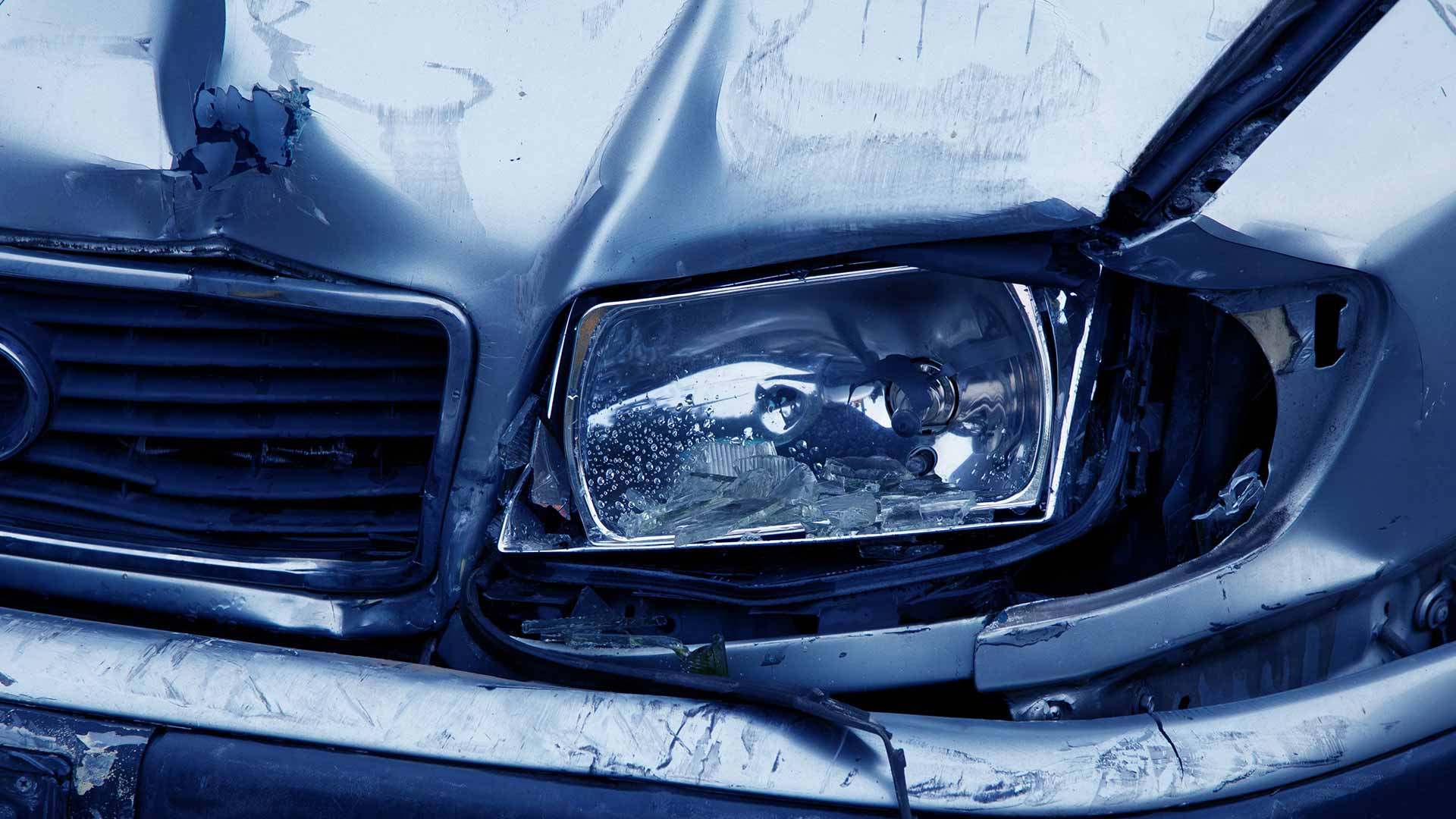Filing a car accident claim may bring you compensation for the damages you have suffered from a car accident. However, an important part of filing a successful claim is being able to prove the at-fault driver’s negligence caused the accident.
At Henness & Haight, our experienced Las Vegas car accident attorneys have helped numerous injury victims successfully bring a claim against a negligent driver. We can help you determine if you have a case by determining if negligence caused your accident.
What is Negligence?
Negligence refers to a reckless disregard for the safety and well-being of others. This is a common cause of traffic collisions and can occur if a motorist fails to follow the rules of the road.
Driver negligence could include failing to stop at a stop sign, texting while driving, or driving while impaired by drugs or alcohol.
Proving negligence requires providing evidence of the following four elements:
Duty
In order to establish negligence in a car accident claim, you must first prove that the other driver had a duty to provide reasonable care to avoid an accident.
A driver’s duty is a legal obligation he or she has to follow traffic laws and drive in a safe and rational manner. This means the at-fault driver is expected to act in a way that would ensure the safety of all motorists, passengers, pedestrians and cyclists he or she encountered on the roadway.
Breach of Duty
Once you have established that the at-fault driver owed you a duty of care, you must show he or she breached this duty.
A breach of duty occurs when the at-fault driver fails to act in the way a reasonably prudent person would under similar circumstances. This is a legal standard used to compare the at-fault driver’s behavior to how an average person would act in a certain situation.
This means the at-fault driver may be found negligent if the average person would have known that his or her actions could cause another person harm and would have acted differently.
Causation
After you have proven the at-fault driver breached his or her duty, you must show that this breach directly caused the auto accident that led to your injury.
This is often the most difficult element of negligence to establish because it will require you to prove that your injury did not exist before the accident.
We will obtain medical records, testimony from the doctor who treated you and expert witnesses to prove your injury was not pre-existing and that it could not have occurred any other way than through your traffic collision.
Damages
Along with proving that the at-fault driver’s negligence caused your accident, you must be able to prove that you suffered damages as well.
Your claim will need to include damages, such as medical expenses or lost wages, which will be used to determine fair compensation for your loss.
We will provide you a free consultation to determine your auto accident claim’s maximum damages.
Comparative Negligence
Nevada follows the rule of comparative negligence to determine the amount of compensation a victim is owed by the at-fault party.
Under this rule, your actions before and during the auto accident will be compared to the at-fault party’s to measure the level of negligence from both sides.
This means if your claim was originally worth $10,000 in damages, but you were found to be 30 percent at fault for causing the accident, your claim’s value would be reduced to $7,000.
Also, if your level of negligence is found to be higher than the at-fault driver’s, you cannot recover compensation.
Schedule a Free Consultation with Our Car Accident Attorneys
Negligence in an auto accident claim can be difficult to prove without the help of an experienced attorney.
Henness & Haight’s car accident lawyers have helped numerous car accident victims recover millions in claims and settlements. We understand how to prove the at-fault driver’s negligence and will provide you with a free, no-obligation consultation to determine if you have a valid claim.
We provide our services on a contingency fee basis and will only require payment after we recover the compensation you deserve.
